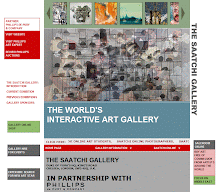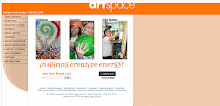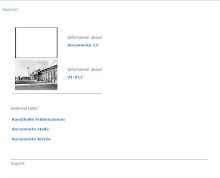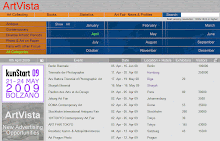
weAst
A new geographical, geopolitical and geocultural composition / deconstruction of the world
that accepts the diversity as a value founding of
the new era, developing the different ancient
and contemporary cultures of the East and West , building the future.
Constantinople, Byzantium, Istanbul, becoming
the father, mother and son, offering the planet
new values based on the Immaterialism,
the thread that binds the different cultures.
A globalization that refuses the homologation
and that contrary to claims the value of diversity.
Art is as vocation a land of crossovers and mixtures.
The artist is of course striving for the discovery
and research of his being together particular
and general.
He bows in front of the beauty and not ask
the source.
The artist is nomadic, scientist, philosopher,
born on earth but a son of the planet.
The Project propose reflections on these topics,
with the first anthological of Ismail Akar
that in addition to present his historical excursus
will propose the new artworks of the artist.
that accepts the diversity as a value founding of
the new era, developing the different ancient
and contemporary cultures of the East and West , building the future.
Constantinople, Byzantium, Istanbul, becoming
the father, mother and son, offering the planet
new values based on the Immaterialism,
the thread that binds the different cultures.
A globalization that refuses the homologation
and that contrary to claims the value of diversity.
Art is as vocation a land of crossovers and mixtures.
The artist is of course striving for the discovery
and research of his being together particular
and general.
He bows in front of the beauty and not ask
the source.
The artist is nomadic, scientist, philosopher,
born on earth but a son of the planet.
The Project propose reflections on these topics,
with the first anthological of Ismail Akar
that in addition to present his historical excursus
will propose the new artworks of the artist.





















